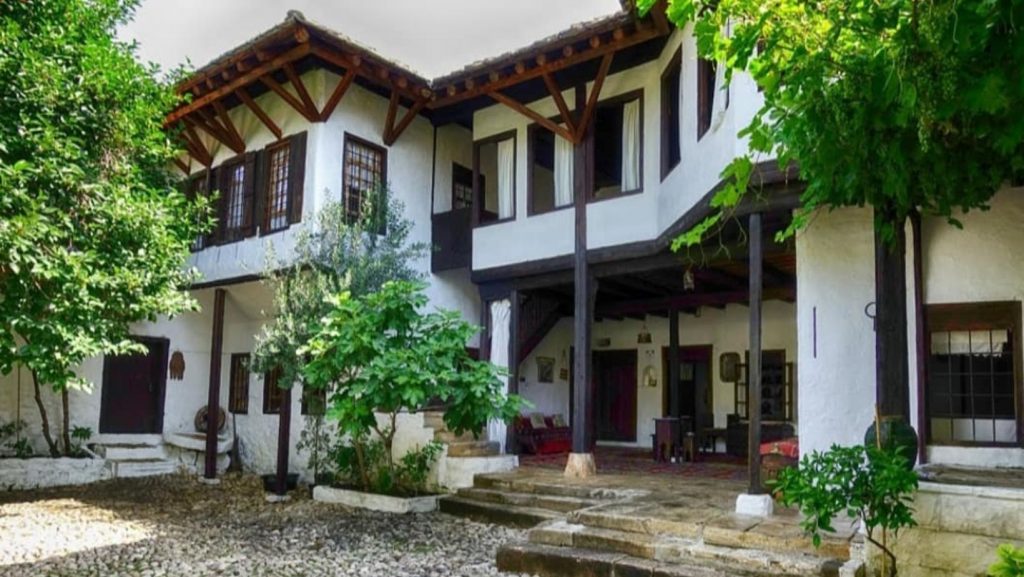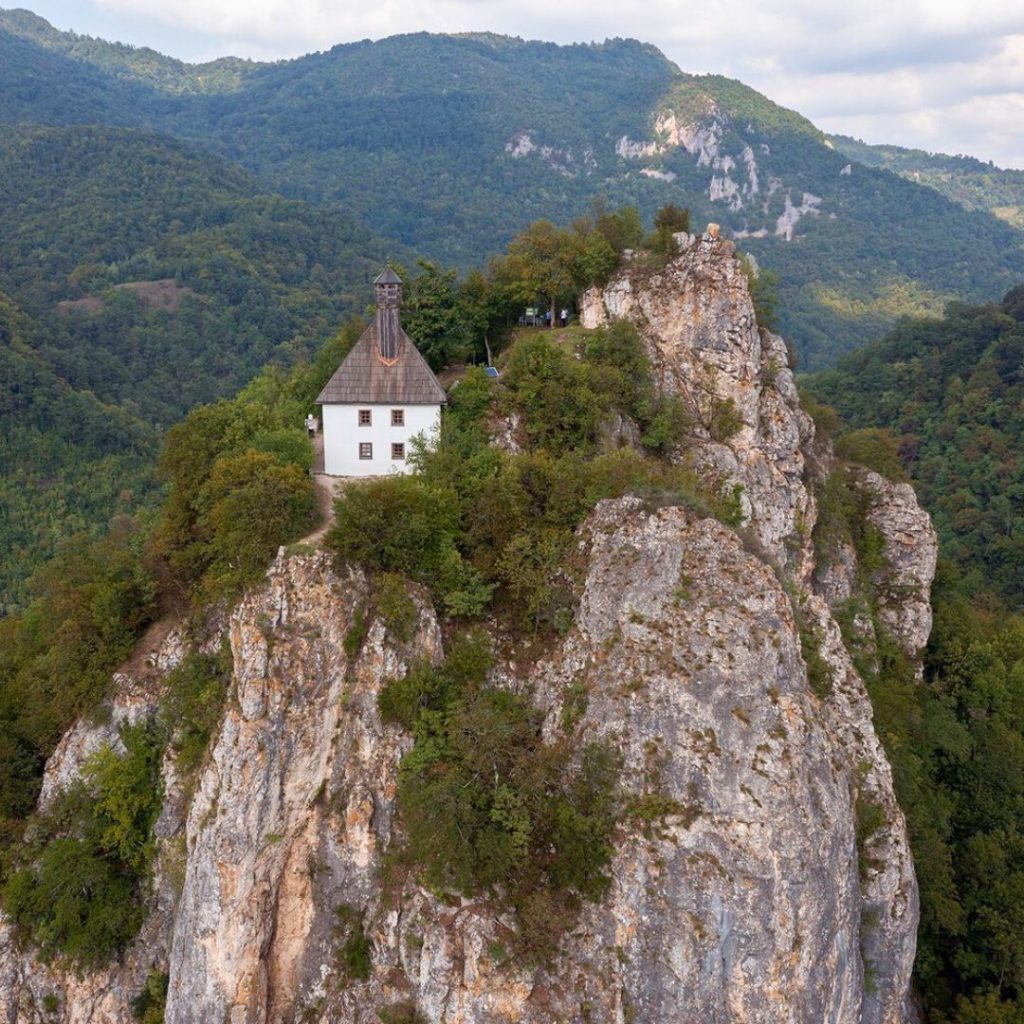
Perched on a towering cliff about 20 kilometers south of Zvornik, the medieval fortress of Kušlat (Kučlat) and its unique wooden-minaret mosque stand as fascinating relics of Bosnia and Herzegovina’s rich history. Overlooking the confluence of the Jadar and Drinjača rivers, this site has held strategic importance since ancient times, likely dating back to the Roman era.
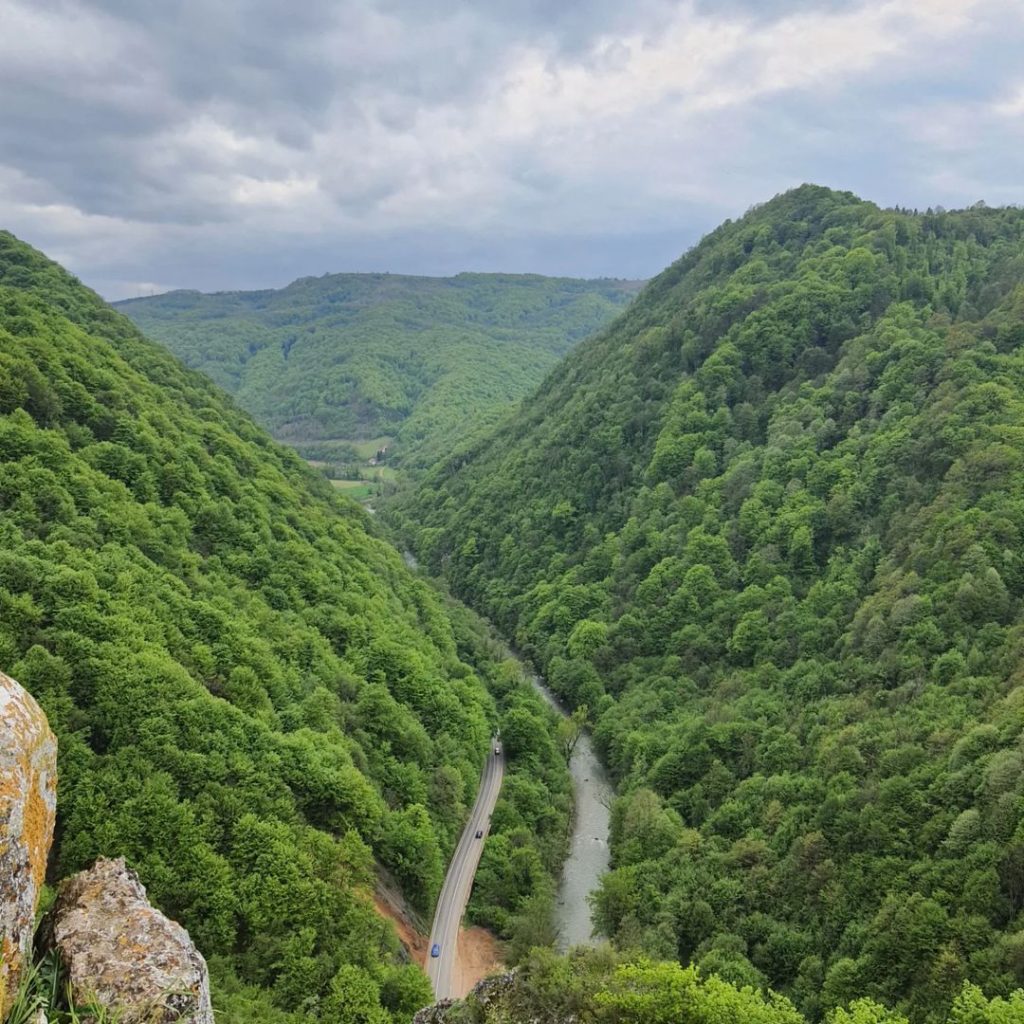
Kušlat was first mentioned in historical records in 1345, and by 1369, the bustling trading settlement of Podkušlat, located just below the fortress, had become a key stop for Dubrovnik merchants traveling between the mineral-rich Srebrenica and the vibrant hub of Zvornik.
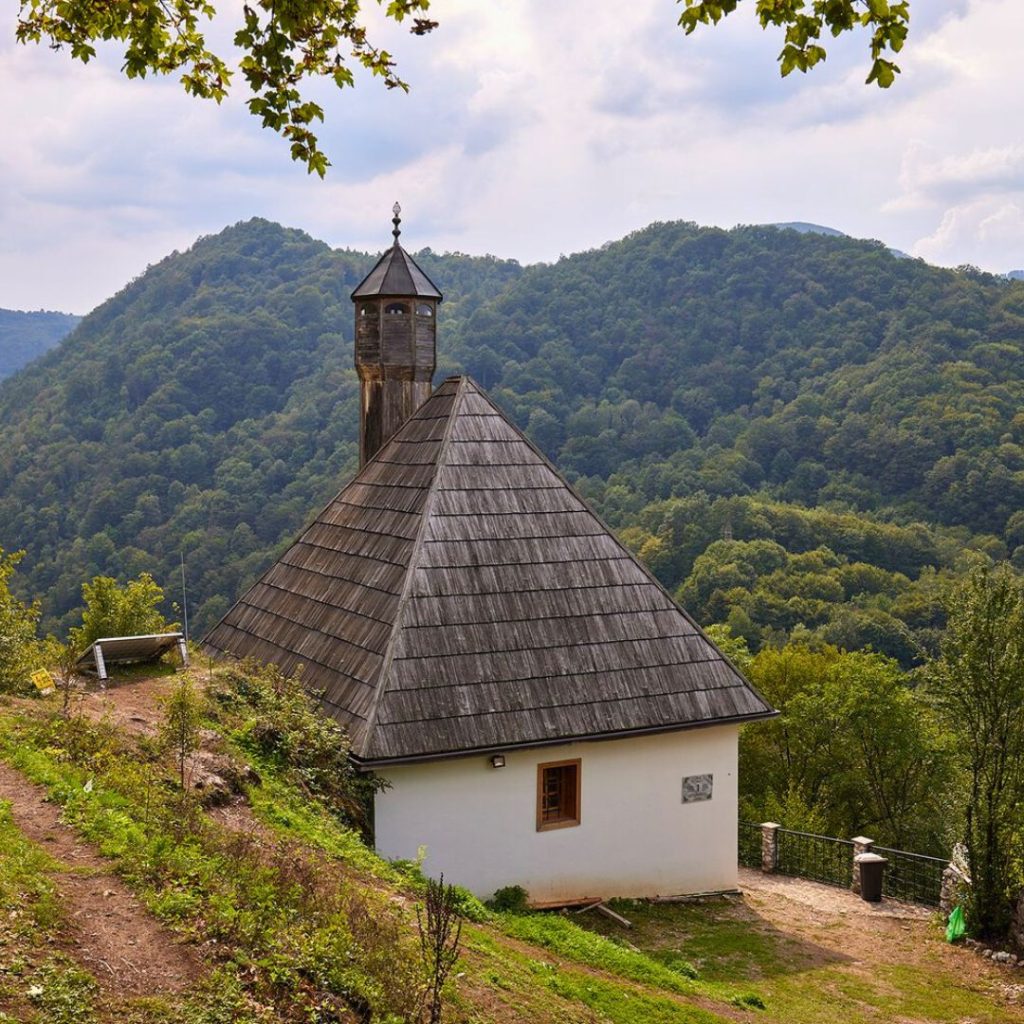
The fortress and mosque played a critical role during the Ottoman expansion into eastern Bosnia. Constructed on an almost inaccessible site, the mosque, believed to be one of the first military mosques in Bosnia with a wooden minaret, was built under the patronage of Sultan Mehmed II el-Fatih in the 15th century. The mosque’s strategic location made it nearly impervious to external attacks, a fact noted by the famous traveler Evliya Çelebi.

Though it lost some of its prominence after the construction of mosques in nearby Drinjača and Konjević-Polje, the Kušlat Mosque remained an important spiritual site. The local population maintained the mosque even after the military garrison left in 1883. During times of drought, the faithful would gather here to pray for rain, and many believed the mosque held healing powers, often leaving offerings as a sign of gratitude.
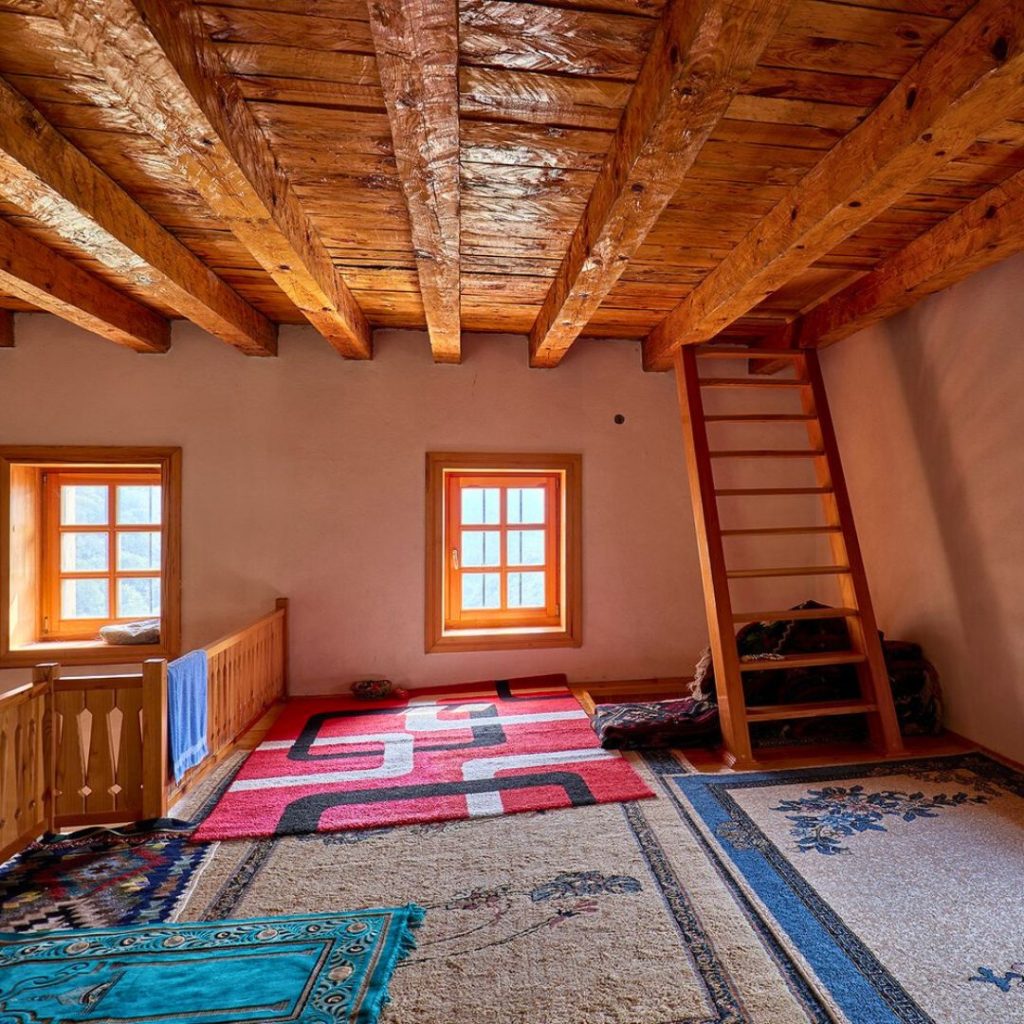
Tragically, the mosque was destroyed during the Bosnian War in 1993, but it was lovingly restored in 2012, using authentic materials to preserve its original design.




